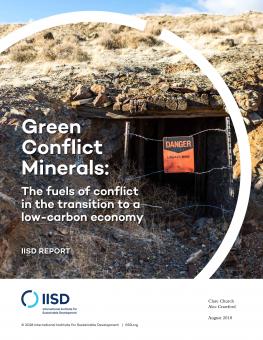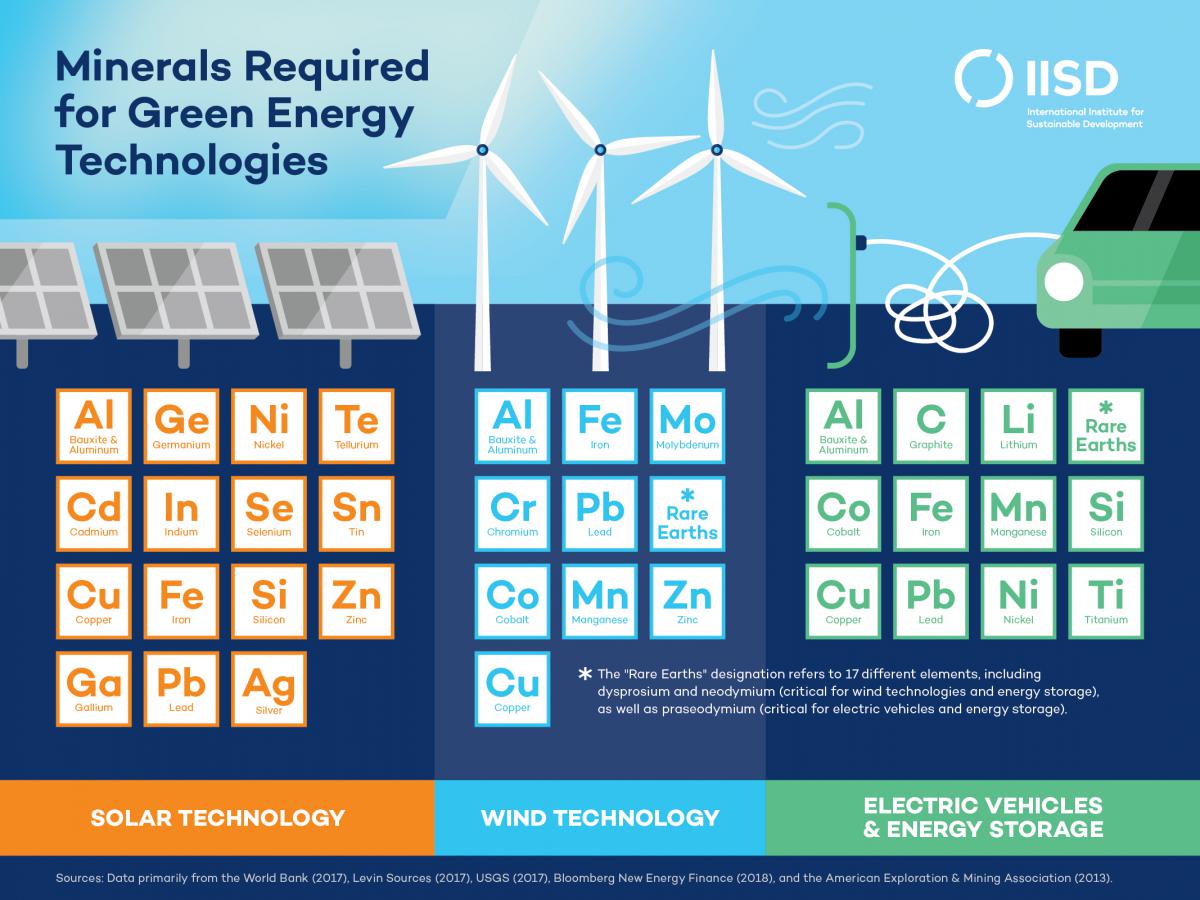
Green Conflict Minerals: The fuels of conflict in the transition to a low-carbon economy
This reports seeks to understand how the transition to a low-carbon economy—and the minerals and metals required to make that shift—could affect fragility, conflict and violence dynamics in mineral-rich states.
Mapping Analysis
The mining sector will play a key role in the transition toward a low-carbon future.
The technologies required to facilitate this shift, including wind turbines, solar panels and improved energy storage, all require significant mineral and metal inputs and, absent any dramatic technological advances or an increase in the use of recycled materials, these inputs will come from the mining sector. How they are sourced will determine whether this transition supports peaceful, sustainable development in the countries where strategic reserves are found or reinforces weak governance and exacerbates local tensions and grievances.

Through extensive desk-based research, a mapping analysis, stakeholder consultations, case studies and an examination of existing mineral supply chain governance mechanisms, this report seeks to understand how the transition to a low-carbon economy—and the minerals and metals required to make that shift—could affect fragility, conflict and violence dynamics in mineral-rich states.
Participating experts
You might also be interested in
Strengthening the Legal Framework for Environmental and Social Impact Assessment in the Mining Sector in Madagascar: Selected issues
This summary note presents the main strengths and weaknesses of the legal framework on ESIA in the mining sector in Madagascar.
Ecuador Referendum Rules Out ISDS Return, Underlining Public Support for a Sustainable Path
Ecuador has voted to allow international arbitration and investor–state dispute settlement (ISDS) in its treaties and agreements. But the risks that initially made them turn away from this outdated model remain.
Financial Benefit-Sharing Issues for Critical Minerals: Challenges and opportunities for producing countries
Exploring nuances in the key features of critical minerals and the new challenges and opportunities they present to fiscal regulation.
Peace, Conflict, and National Adaptation Plan Processes
How can we do more to consider peace and conflict dynamics in climate change adaptation? Read our new guidance note to effectively initiate NAP processes while navigating conflict dynamics.